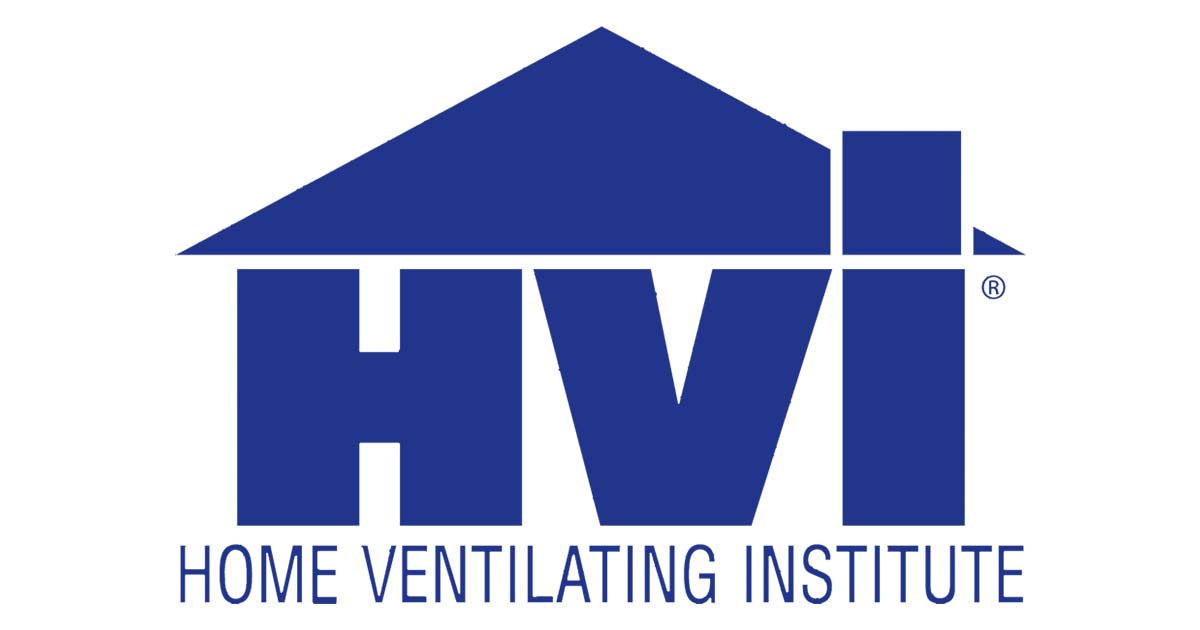Negative pressure isolation rooms.
Positive pressure room guidelines.
In a hospital patients with communicable diseases especially airborne ones are kept in isolation rooms.
4 6 120 older health care facilities may have variable pressure rooms i e rooms in which the ventilation can be manually switched between positive and negative pressure.
Facilities should monitor and document the proper negative pressure function of these rooms.
A respirator is a personal protective device that is worn on the face covers at least the nose and mouth and is used to reduce the wearer s risk of inhaling hazardous airborne particles including dust particles and.
In order to ensure the safety of other patients staff and visitors it is important that the isolation room contain negative air pressure 1.
According to the fgi guidelines the following are examples of rooms in hospitals and outpatient facilities that should be nega tively pressurized with respect to adjacent areas.
The rooms that are most commonly thought of as critical spaces to pressurize are operating rooms positive pressure and isolation rooms negative pressure.
Loss of positive pressure com promises the aseptic environment within the room.
Negative pressure in isolation rooms.
2 classifi cation of isolation rooms 5 2 1 class s standard pressure room 5 2 2 class n negative pressure room 5 2 3 class p positive pressure room 6 2 4 class a alternating pressure negative positive pressure 7 3 isolation room checklist 9 4 number of isolation rooms required 11 4 1 general principles 11 4 2 class s rooms 12.
Ensure that the patient s room is designed to maintain positive pressure.
120 317 category ic aia.
This will keep any germs from entering the general airflow and infecting other people.
Merv 14 filters are adequate for aii negative pressure rooms and for pe positive pressure rooms when terminal hepa filtration is used at the supply diffusers serving the pe room.
A negative pressure isolation room is commonly used for patients with airborne infections.
In medical settings these rooms prevent the spread of infectious contaminants and maintain sterile or restricted spaces and are also referred to as protective environments positive pressure rooms and airborne infection isolation rooms aiir negative pressure rooms.
Effective positive and negative pressure rooms are an important part of industrial climate control systems.
For the exhaust system serving aii rooms the exhaust fan should be located outdoors if possible and be placed as far away from intakes and public areas as practical.
Positively pressurized rooms are usually the cleanest environments in a hospital.
Self closing doors are mandatory for both of these areas to help maintain the correct pressure differential.

